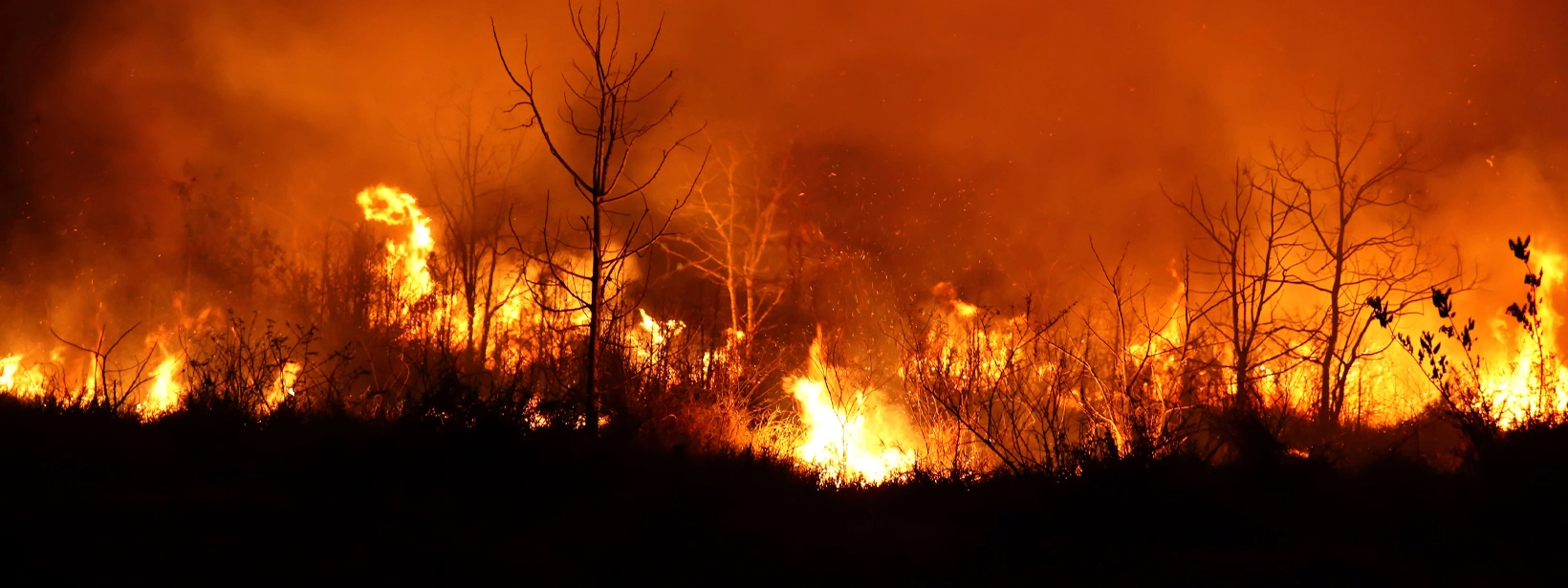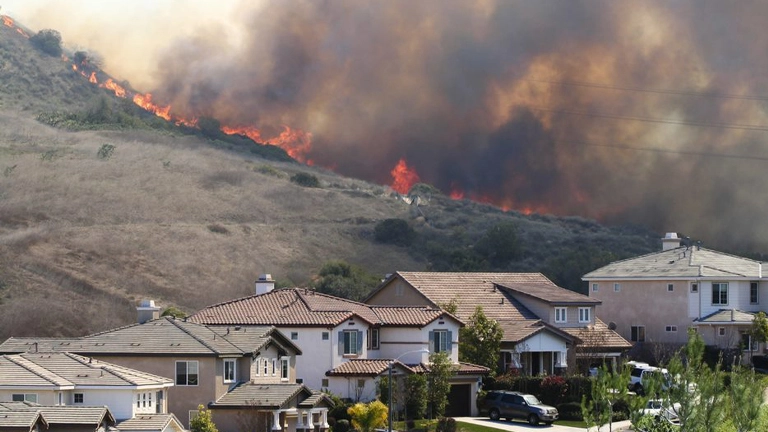Key Findings
Growing Threat of Catastrophic Wildfires
Wildfire smoke is harmful to health. Exposure to wildfire smoke is associated with a number of health harms—ranging from respiratory and cardiovascular harm, to adverse birth outcomes and even early death. Due to climate change and other factors, wildfires are projected to continue increasing in frequency and severity in the United States.
Who Is Most at Risk from Wildfires?
Everyone's health is at risk from wildfires, even healthy adults. But some groups may be particularly vulnerable and susceptible to wildfire smoke impacts, including children, older adults, pregnant people, those with underlying respiratory and cardiovascular conditions, outdoor workers, socioeconomically disadvantaged populations and people without homes.
What Is Prescribed Fire?
Prescribed fire—also known as prescribed burning—is defined as the planned ignition (burning) of an area in accordance with applicable regulations and laws as a means of reducing "fuel loadings" (combustible content that could burn during wildfires—such as woody debris) and reducing wildfire risk of vulnerable regions, as well as to improve ecosystem health. Prescribed burning is not appropriate for all ecosystems. In this report, the Lung Association does not consider agricultural burning to be prescribed burning. Agricultural burning involves the intentional burning of croplands and is conducted for reasons other than wildfire management purposes.
Can Prescribed Fires Help Reduce Harms Associated with Wildfires?
Prescribed burning can be a useful tool to help address an increasingly urgent and dangerous problem that we cannot ignore—catastrophic wildfires. Wildfires have become more frequent and intense, and wildfire activity is predicted to increase in the decades ahead. Existing research supports the notion that historical fire suppression policies are not sufficient for long-term fire management. Prescribed burns can be used to mitigate the negative air quality, health, and safety impacts of large-scale wildfires. Prescribed burning can simultaneously reduce fuels to reduce wildfire risk while supporting ecosystem health and resiliency.
Further research is needed to evaluate comparative risks of prescribed fire smoke and wildfire.
Measures to Reduce Air Quality Impacts of Prescribed Burning
While increasing prescribed fire activities may contribute to local air quality impacts, prescribed burning can be conducted in ways that minimize harmful smoke exposure potential. Expanded prescribed burning activities should be coupled with additional policies and best practices to mitigate potential harmful smoke exposure.
Prescribed burns are implemented under planned, predictable circumstances. To reduce harmful exposure from smoke, prescribed burns should be conducted when meteorological conditions are favorable and wind patterns allow smoke to move away from sensitive areas (e.g., populated areas, hospitals, schools, roadways).
Numerous strategies can be implemented to reduce public health impacts associated with wildfire smoke exposure, many of which also mitigate smoke exposure from prescribed burn activities.
Strategies to reduce public health impacts associated with wildfire smoke exposure
- Air quality surveillance coupled with public outreach and public notification systems;
- Indoor air filtration and clean air spaces;
- Provision and use of respiratory protective equipment;
- Additional emergency planning and response, including protections for vulnerable populations.




